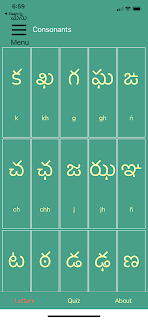To Be in Kunuz Nubian أفعال الكينونة بالنوبي الكنوزي

Vocabulary for this lesson: مفردات هذا الدرس: ⲧⲟ to boy تۆ ولد ⲓⲇ id man اِيد رجمل ⲅⲁⲣⲣⲓ garri bad جَرِّ سيء ⲙⲁ ma to be, copula مَ يكون ⲁϣⲓⲣ ashir beautiful اَشِر جميل ⲉ̄ⲛ een woman اێێن مرأة ⲃⲟⲩⲣⲟⲩ buru girl بُرُ بنت ⲉⲥⲥⲓ essi water اێسِّ ماء ⲉⲥⲥⲓ-ⲣ essir in the water اێسِّر في الماء ⲕⲁ ka house كَ بيت ⲕⲁ̄-ⲣ kaar in the house كار في البيت ⲉⲗⲟⲩⲙ elum crocodile اێلُم تمساح ⲇⲁ da there is, existential دَ هناك, يوجد, ثمة, فيه Kunuz Nubian is an SOV language, meaning that the verb always comes last. There is only a little flexibility, where the object can come first sometimes for emphasis (OSV). Two of the most important verbs to know are the copula (to be), and the existential (there is). To say that X is Y, all we need to say is X Y ma. See the examples below. النوبي المتوكي من اللغات التي تستخدم صيغة (فاعل - مفعول - فعل) وهذا يعني أن الفعل دائما يأتي في اخر الجملة. هناك بعض المرونة فقط ففي بعض الحالات نستطيع ونطق المفعول قبل الفعل للتشديد على أهميته (مفعول - فاعل - فعل). أهم فعلي ...



